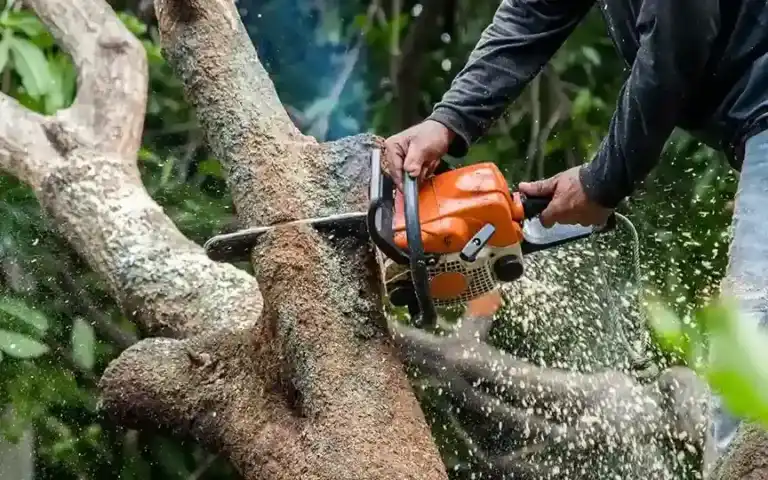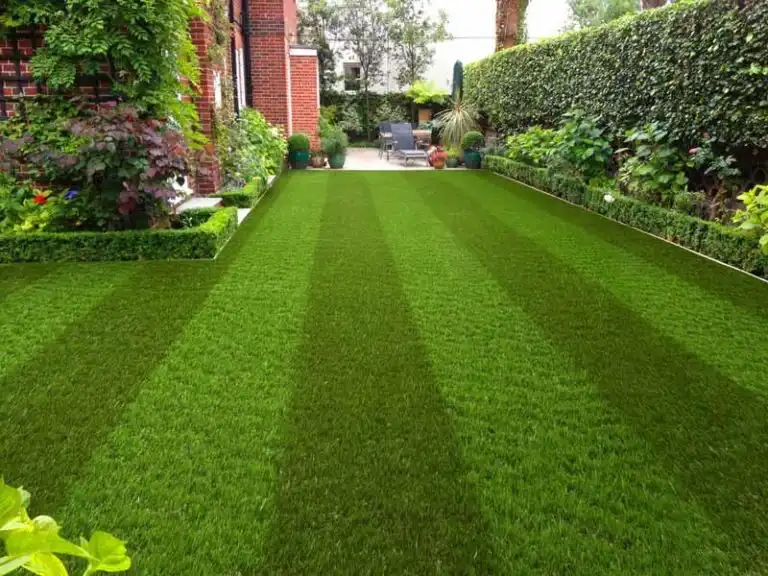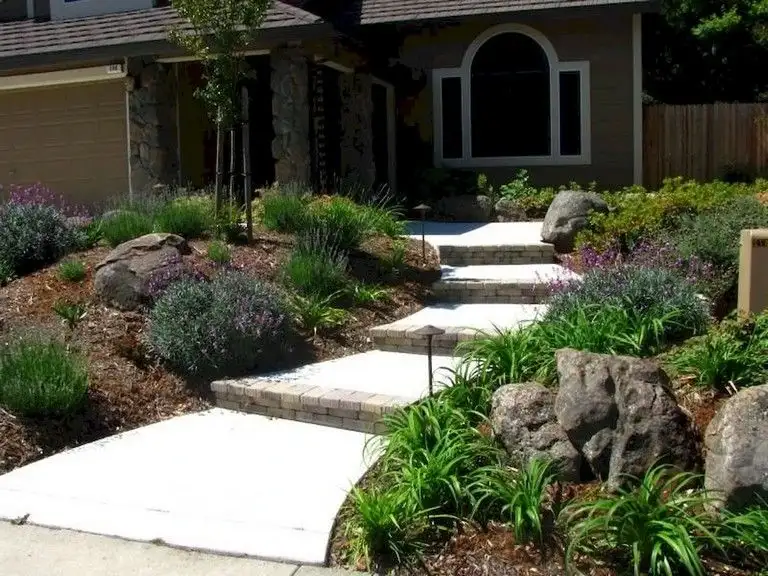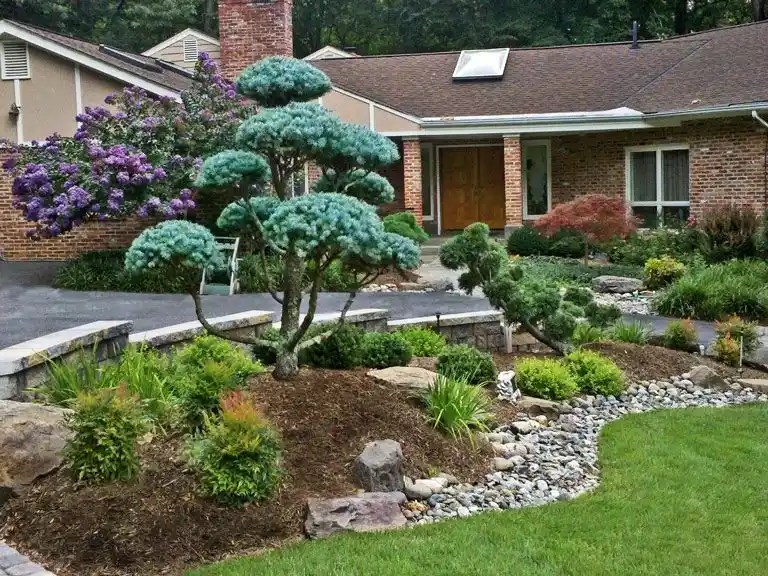Tree Cutting plays a crucial role in modern landscape design, offering benefits that align with current trends in aesthetics, functionality, and sustainability. While trees provide shade and beauty, there are situations where their removal becomes necessary to improve the overall appeal and health of an outdoor space. By carefully selecting which trees to remove, homeowners and landscapers can create more open, structured, and visually appealing landscapes.
A cluttered yard with overgrown or poorly placed trees can make the space feel smaller and disorganized. Removing unnecessary trees allows for a balanced layout, making it easier to design gardens, pathways, or seating areas. This approach aligns with the trend of creating modern landscaping that emphasizes clean lines and open spaces. An open area can also highlight other features such as flower beds, fountains, or decorative elements, enhancing the property’s curb appeal.
Large Tree Cutting with dense foliage can block sunlight, leading to uneven grass growth, weak plants, and dark indoor spaces. Selective tree cutting increases natural light, promoting healthy plant development and vibrant landscapes. This practice supports the trend of sustainable landscaping, as increased sunlight reduces the need for artificial lighting and fosters the growth of native plants that thrive in sunlit environments.
Removing certain trees provides an opportunity to implement regenerative landscaping techniques. This includes planting native species, creating wildlife-friendly gardens, and establishing micro forests to enhance biodiversity. These practices not only improve the ecological balance but also create a harmonious and self-sustaining environment.
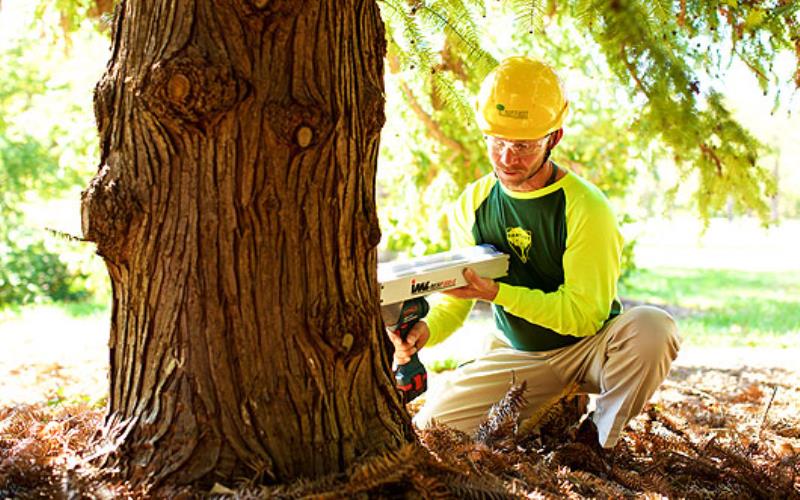
The space gained from Tree Cutting can be utilized to incorporate vertical gardening and living fences. These features add greenery without occupying significant ground space and contribute to the trend of maximizing outdoor areas for both functionality and aesthetics. Vertical gardens can serve as natural privacy screens, while living fences made of native plants offer eco-friendly property boundaries.
By thoughtfully selecting and removing specific Tree Cutting (Tree Replacing), and integrating contemporary landscaping trends, homeowners can transform their outdoor spaces into open, inviting, and ecologically responsible environments.

